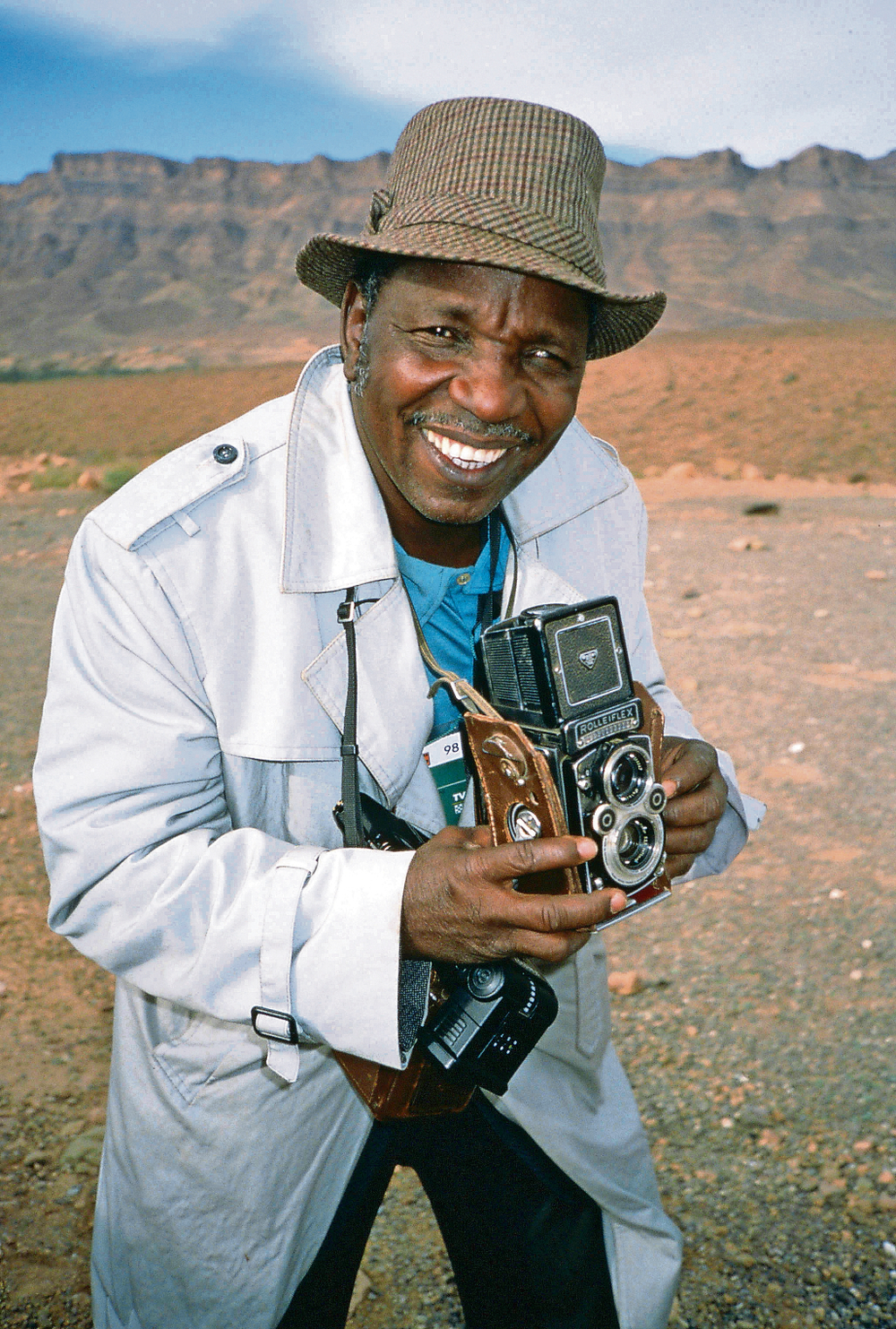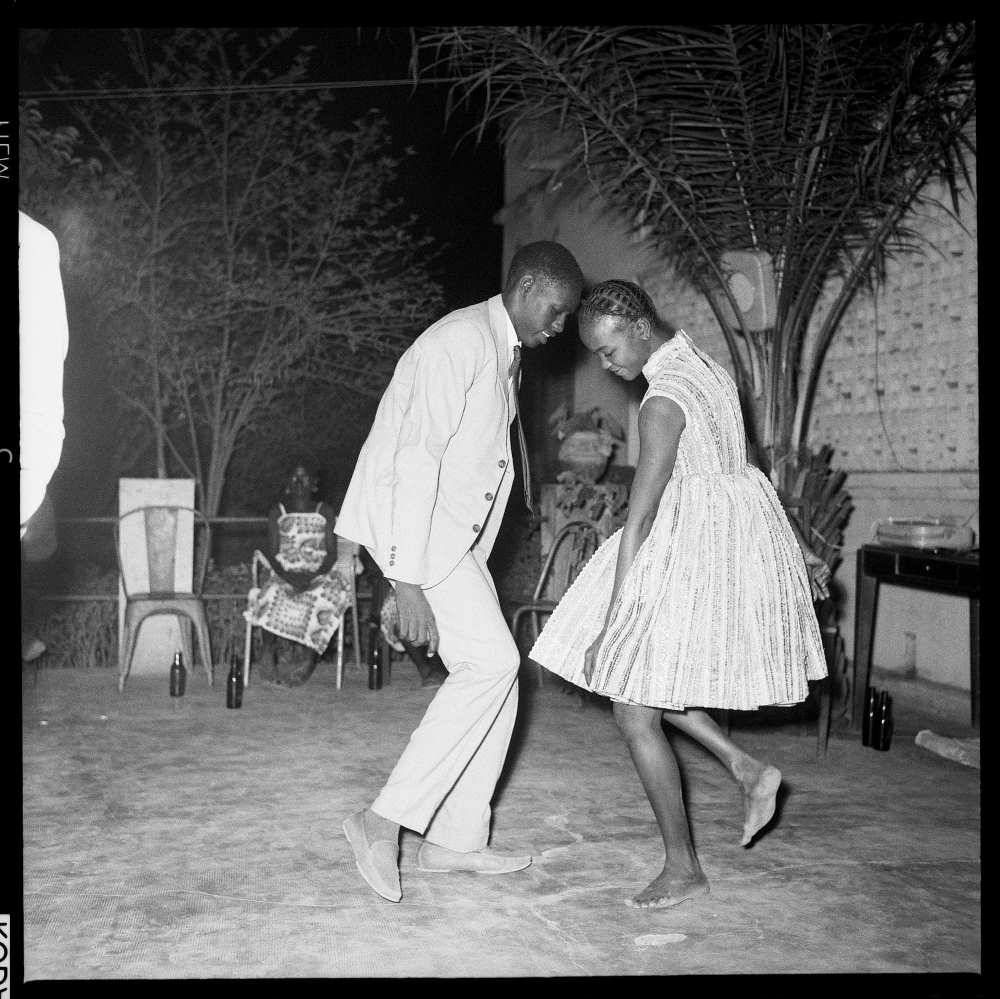OBITUARY
Malick Sidibé (1935/1936 – 2016)
Malian photographer Malick Sidibé’s studio, Studio Malick, has become a tourist attraction for those who want to be in the same room that the legendary artist worked from. Sidibé, who died on April 14 in his native Bamako at the age of 80, was a national treasure.
He is renowned for his black-and-white photography, largely consisting of portraits. His images documented the youth and popular culture of Mali in the 1960s and 1970s. Sidibé captured candid photos of young people in their natural environments, often in the city at nightclubs, sports events and on beaches.
The black-and-white portraits – shot in his studio – are arguably his most recognised work. His subjects used to pop into the studio, dressed to the nines, just to get their photos taken by the great Sidibé.
As a young boy he had an interest in drawing, which was his earliest outlet of creative expression. He graduated in jewellery and design at the School for Soedanese Arts in Bamako in 1955. Despite his qualifications, he decided to pick up a camera instead of pursuing a career in jewellery design.

Malick Sidibé.
Sidibé started off working as an assistant in a photo studio for a French photographer in 1957.
At that time he was regarded as the youngest photographer in the city, which placed him in a better position to document youth culture in a bona fide manner.
In 1962, he opened Studio Malick. His work has gone on to become a part of Mali’s archives. Sidibé captured the identity of his country, earning him the titles “The Eye of Bamako” and “Father of the Streets of Mali”. A lot of his subjects simply wanted photos they could send to their loved ones or that they could keep for memory’s sake.
“Because Sidibé’s photographs made Bamako youth so stylish and universal, it was easy to identify with them. The youth in Bamako saw themselves in his photographs and they wanted to be in them because the photographs made them look like the rock ’n roll idols and movie stars they wanted to be,” wrote Harry Justin Elam in the book Black Cultural Traffic: Crossroads in Global Performance and Popular Culture.
Vibrant is one word you could use to describe the work he did outside of his studio. He captured young people dancing and having fun against the backdrop of the country’s revolution that followed the 1968 coup.
Sidibé’ is now celebrated across the globe and his work is held in the collections of institutions such as the Museum of Modern Art in New York and the Getty Museum in California, to name just a few.
His work has been exhibited in the United States, France, Italy, the Netherlands, Portugal and his native Mali, among others.

Nuit de Noel 1963.
Sidibé was awarded the Hasselblad Award (2003), the Golden Lion for Lifetime Achievement Award by La Biennale di Venezia (2007) and the International Center of Photography Infinity Award for Lifetime Achievement (2008).
He is survived by three wives and 17 children.